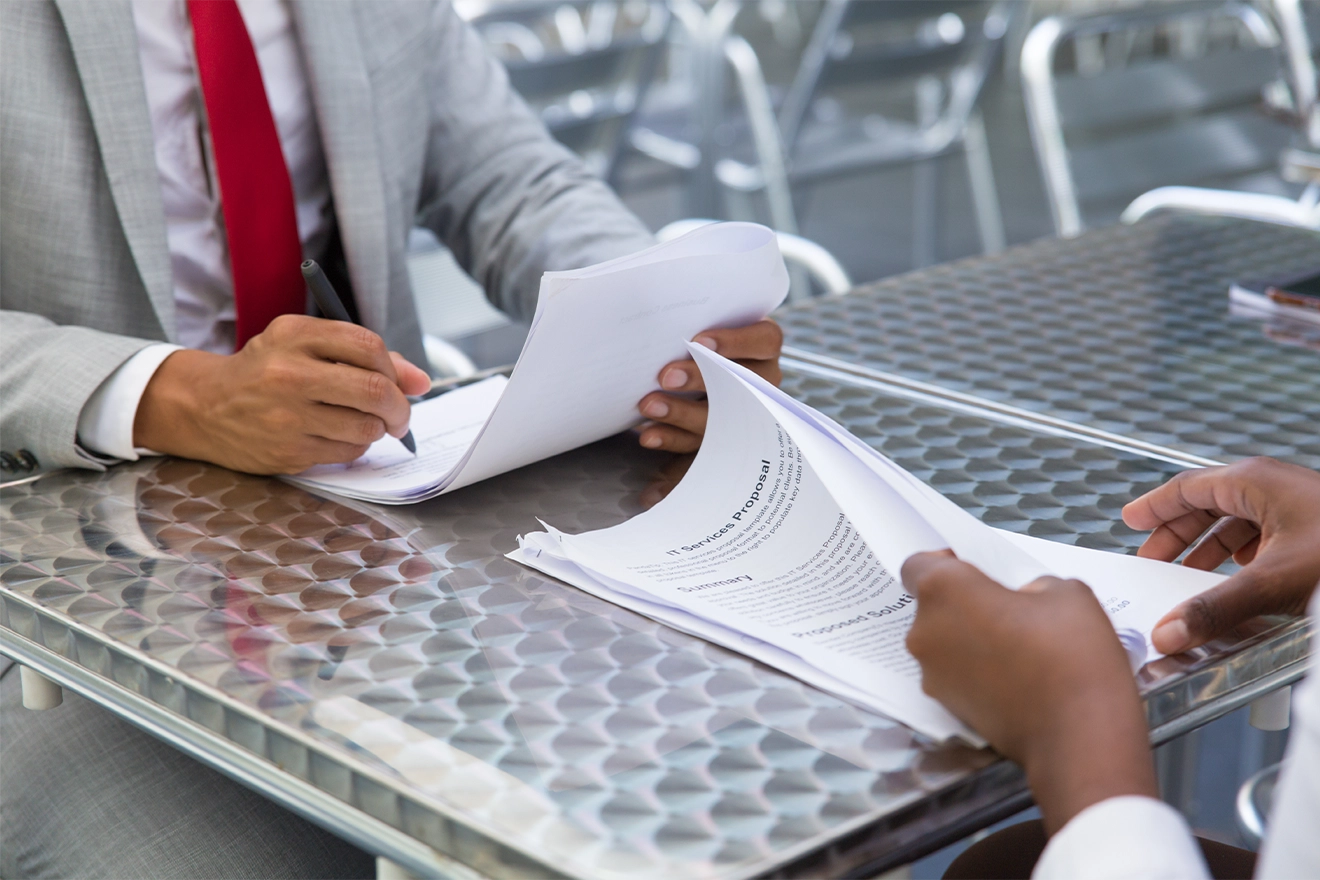
The Biologics License Application (BLA) is a request for permission to introduce, or deliver for introduction, a biologic product into interstate commerce. The U.S. Food and Drug Administration (FDA) is the regulatory body responsible for the review and approval of BLAs, ensuring that biological products are safe, pure, and potent. This blog post will guide you through the BLA submission process, highlighting key steps and considerations for a successful application.
Understanding the BLA
A BLA is submitted to the FDA's Center for Biologics Evaluation and Research (CBER) or the Center for Drug Evaluation and Research (CDER), depending on the product. The application includes detailed information on the biologic product, such as data from preclinical and clinical studies, manufacturing processes, labeling, and the facilities where the product will be produced.
Pre-Submission Activities
Before submitting a BLA, sponsors should engage in pre-submission activities, including pre-application meetings with the FDA to discuss the proposed application and any potential issues. These meetings can provide valuable guidance on the submission process and the specific data needed to support the application.
Electronic Submissions
The FDA encourages electronic submissions for BLAs. Applicants should refer to the FDA's guidance documents on providing regulatory submissions in electronic format. These documents outline the technical standards and provide instructions for submitting documents, such as the requirement to provide individual PDF files for each document and to organize publications in a designated folder with hyperlinks to citations.
Content and Format
The BLA should include comprehensive information on the product, including:
- Detailed descriptions of the manufacturing process and facilities
- Data from preclinical and clinical studies demonstrating safety, purity, and potency
- Proposed labeling for the product
- Information on any post-approval monitoring plans
The FDA provides specific guidance on the format of the submission, including how to organize the various sections and datasets for a faster BLA Approval process.
Review Process
Upon receipt of a BLA, the FDA conducts an initial review to determine if the application is complete. If the application meets the necessary criteria, the FDA files the BLA and begins a substantive review. During this phase, the FDA may request additional information or clarification from the sponsor.
The FDA's goal is to decide within a target timeframe, which is typically 10 months from the filing date for standard review and 6 months for priority review. The review process involves a thorough evaluation of the submitted data, inspections of manufacturing facilities, and assessment of the product's labeling.
Post-Submission Activities
After submitting a BLA, sponsors should be prepared to respond promptly to any FDA requests for additional information. Sponsors should also ensure that all communications with the FDA are documented and uploaded into the appropriate regulatory system.
Approval and Post-Approval Requirements
If the FDA determines that the biologic product meets all requirements, it will issue a license for the product. The license number must appear on the product's container label. Once approved, the sponsor must notify the FDA of any changes to the product, production process, or labeling.
Conclusion
The BLA submission process is a critical step in bringing new biological products to market. By understanding the requirements and following the FDA's guidance, sponsors can navigate the process more effectively. It is essential to maintain open communication with the FDA throughout the process and to be diligent in preparing a comprehensive and well-organized application. A seasoned regulatory expert like Freyr can assist with careful planning and attention to detail, and sponsors can achieve a successful BLA submission and contribute to the availability of safe and effective biologic products for patients.
Author: Sonal Gadekar









